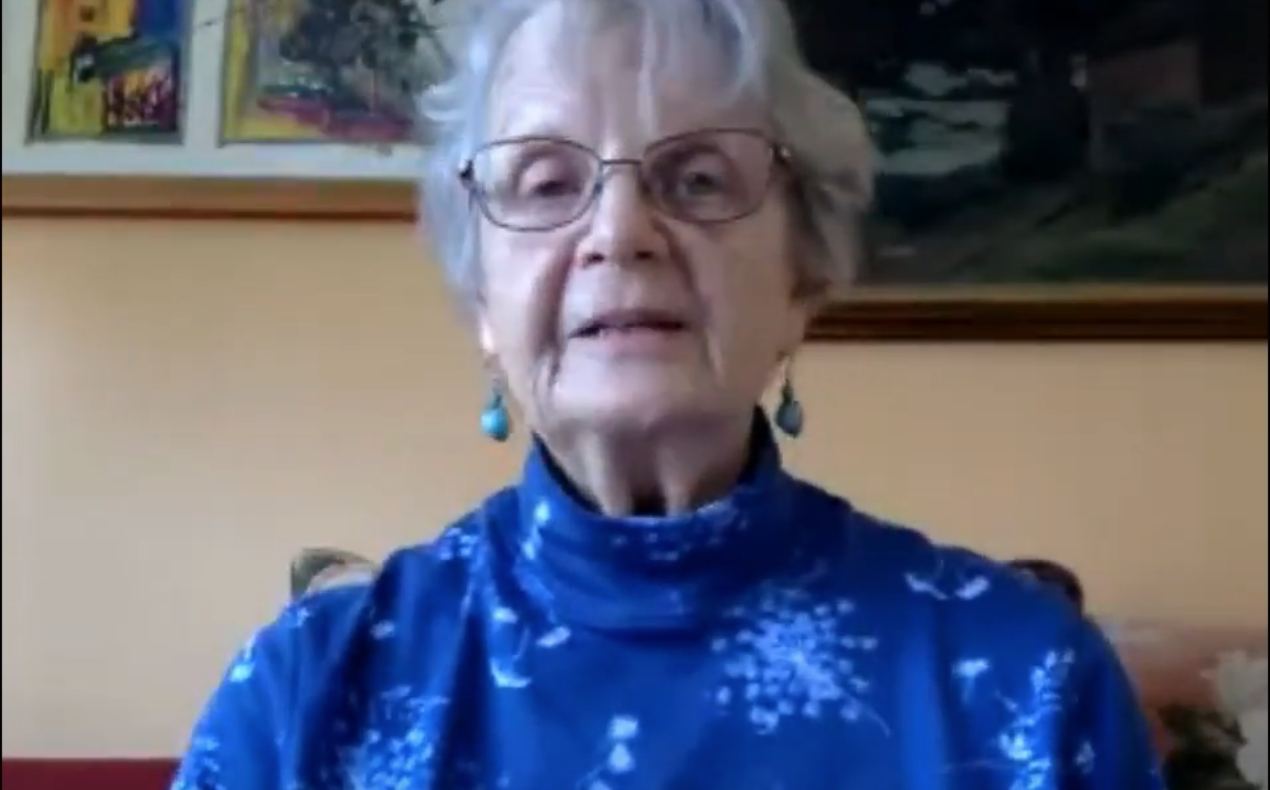SNCC Activist Penny Patch Joins Civil Rights Literature Class
April 08, 2021

The Student Non-Violent Coordinating Committee (SNCC), founded in 1960, was “an organization of organizers with ‘field secretaries’ working full-time for change in communities across the Deep South. SNCC’s work spanned everything from voter registration, adult education, and freedom schools to theater productions, cooperatives, and independent political parties.” On Wednesday, one of SNCC’s volunteers, Penny Patch, joined Mr. Deffner’s Civil Rights Literature class to share her experience as a young white woman working in SNCC during the Civil Rights movement.
In 1960, Ms. Patch was a student at Swarthmore College. On weekends, she would join other students and head to nearby Maryland to support the effort to desegregate restaurants. “We would go to join this effort on weekends, get arrested, get bailed out, and come back to school during the week,” she said, adding, “This was not very good for our studies.” At one of these protests, Ms. Patch met two SNCC organizers, who had come north to recruit young Black members. They were not looking for white members, but Ms. Patch gave them her number.
As Ms. Patch shared with Mr. Deffner’s students, SNCC leader Charles Sherrod did eventually call. He had decided “he wanted to try and have an integrated project in Georgia,” thinking that “if he had young white people come to join Black organizers, and bad things happened to [them], then white people up north, the federal government, and the media, would pay more attention.” According to Ms. Patch, “It’s the disgusting truth that this strategy kind of worked, and they did pay more attention.”
In 1962, Penny Patch headed to Georgia to join SNCC. What she thought was a three month commitment turned into three years–and changed the course of her life. Her time in SNCC ended in 1965 when the organization asked her and other white members to leave and work in anti-racism in their own (white) communities. At the time, it was painful to leave her comrades and colleagues in Georgia, but with time, Ms. Patch shared, “I understood that it was my job to raise consciousness in white communities.”
During the Q & A session that followed Ms. Patch’s presentation, students asked questions about what it was like to spend time in jail, how it felt to be a white woman in a primarily Black movement, and what did her parents think about her decision to move to Georgia. Answering these questions, Ms. Patch emphasized the power of young people. “Those of us who came before you have deep respect for the power of young people to make change,” she said. “As the struggle goes forward, you are NEEDED.”
Today, Ms. Patch lives in Vermont, retired from a 30-year career as a nurse-midwife. She is active with VT’s chapter of SURJ (Standing Up for Racial Justice), Migrant Justice, and continues to speak and write to advance anti-racism and civil rights.


